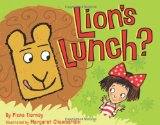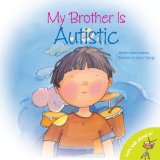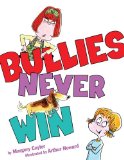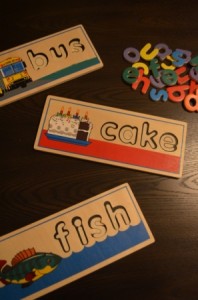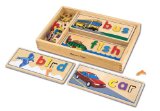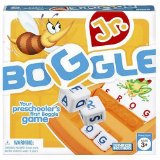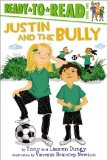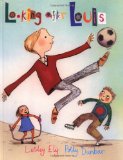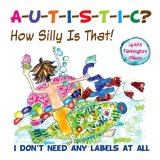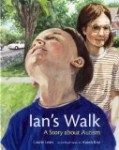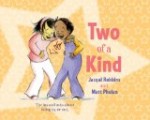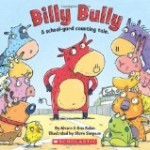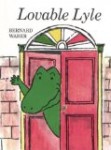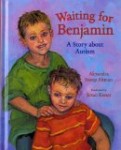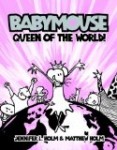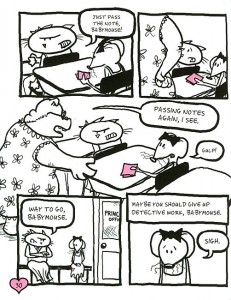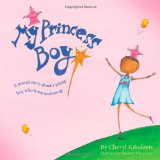 My Princess boy written by Cheryl Kilodavis and illustrated by Suzanne DeSimone
My Princess boy written by Cheryl Kilodavis and illustrated by Suzanne DeSimone
Picture book about acceptance, tolerance, bullying and gender identity published by Aladdin, an imprint of Simon and Schuster
Please have a look at our page about anti-bullying picture books for children, our page about anti bullying chapter books, graphic novels and novels for children , and our Pinterest anti bullying board
My Princess Boy is a non fiction picture book about acceptance, written by Dyson Kildavis’ mom, Cheryl. Dyson is a young boy who likes to wear pink, sparkly clothing including dresses. He also likes to dance like a ballerina. Dyson’s mom worried that her four year old son would be teased and bullied by classmates and that he would encounter intolerant people who would not respect his preferences, so she wrote this book in an effort to encourage acceptance and compassion.
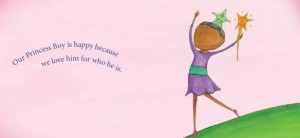
After introducing us to “My Princess Boy” and his preference for pretty pink clothing, we meet his brother and his father. Both are very accepting of Princess Boy. We also learn that Princess Boy has playdates with both boys and girls. We discover that he especially enjoys playing dress up and he wears a tiera when he climbs a tree.
Not everything is rosy for Princess Boy, however. When he shops with his mom, if he buys something that would typically be worn by a girl, people around them notice and laugh. When Princess Boy dresses up for Halloween, a lady reacts badly to the princess dress he is wearing.
My Princess Boy shares a message of acceptance and encourages tolerance. The reader is reassured that if Princess Boy wears a dress to school, his classmates won’t laugh. Friends will play with him even when he wears “girl clothes.”
The book then encourages readers to consider their own behaviour –
If you see a Princess Boy…
Will you laugh at him?
Will you call him a name?
Will you play with him?
Will you like him for who he is?
Our Princess Boy is happy because we love him for who he is.
I must admit to having somewhat mixed emotions about My Princess Boy. At one time, my nephew wanted to dress up at preschool. He preferred the “feminine” costumes. He wanted to wear high heels. My sister was quite disappointed that the preschool teachers did not want him to put on the “feminine” clothes. They wanted him to choose “male” costumes – fire fighter jackets and police officer helmets. My nephew is now eighteen and, as far as I know, has outgrown his desire to wear “feminine” clothes. I don’t think it was just societal pressure that did this, my sense is that some things that are very appealing at age four, lose their luster as a child grows older. I can’t help but wonder, what might have happened if my sister had written a book about my nephew’s fondness for “feminine” clothing. How would he feel about it ten or fifteen years later? Might it seem to be an invasion of privacy? I support Cheryl Kilodavis’ unconditional love for her son but I wonder how he will feel about being a poster child for gender identity (possibly for the rest of his life) based on his preferences at age four.
As a picture book about acceptance, My Princess Boy “works” to some extent. It most certainly will encourage discussion about individuality and respecting differences. Having said that, when Princess Boy is laughed at, there is no attempt to problem solve or deal with the issue head on. Princess Boy is not provided any means of coping when people laugh at him other than asking, “Why did she laugh at me?” My Princess Boy will only work as an antibullying resource if readers are encouraged to problem solve ways he might cope with the bullying that he is sure to encounter.
Finally, as evidenced by both the cover art and the spread from My Princess Boy, the illustrations for this book are somewhat unusual in that they are devoid of facial features. There are no eyes, noses, mouths or ears on any of the faces in the book. Some readers find this problematic, even creepy. It seems to me that seeing Princess Boy’s happiness ought to be a goal of the illustrator. Body language is one thing but, My Princess Boy is a book about emotions (happiness, contentedness, disappointment, hurt, joy and love), one would think that showing us those emotions would serve to enhance the message conveyed by the text.
You may also be interested in our post about (chapter book) The Boy in the Dress.



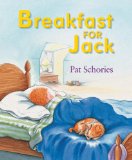
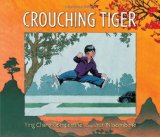

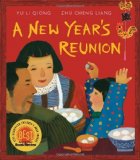
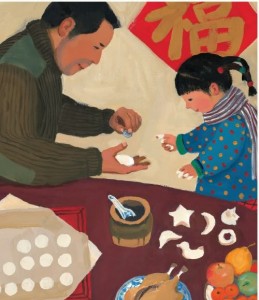
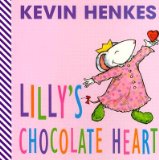
![DSC_0086[1] image of foil wrapped chocolate hearts](https://www.storytimestandouts.com/wp-content/uploads/2012/02/DSC_00861-300x198.jpg)

